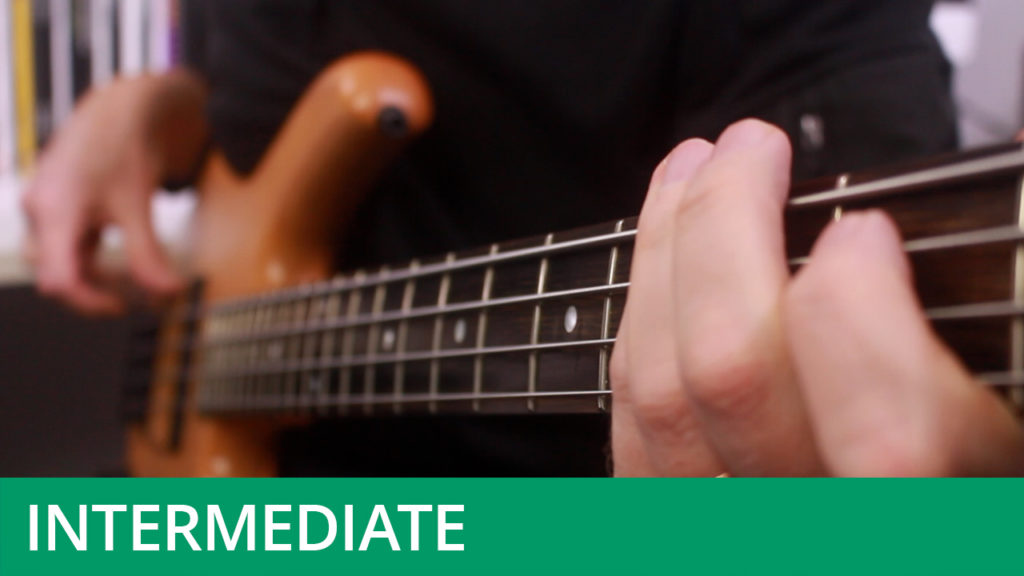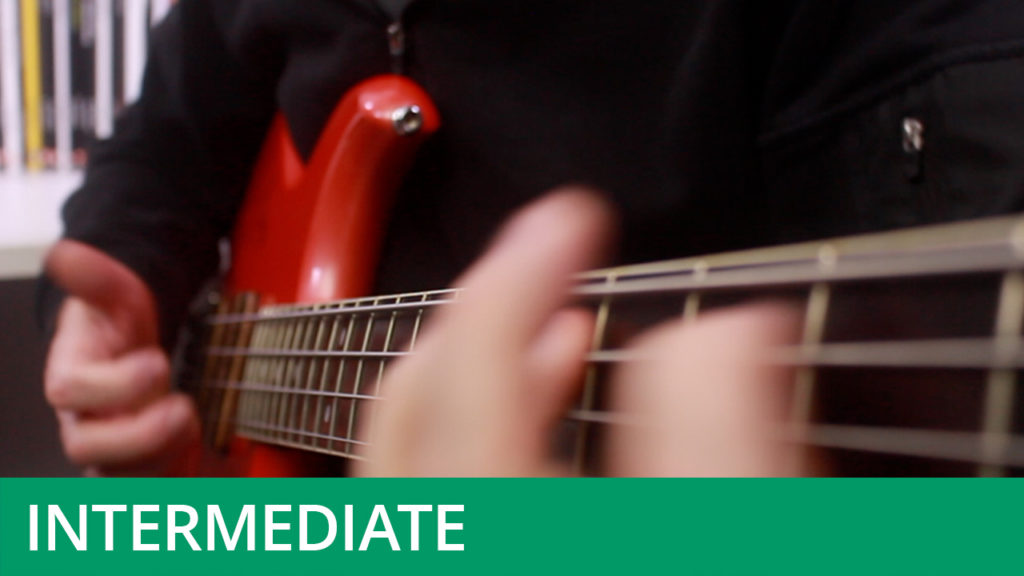The Lydian Mode
Course Duration: 1 Hour & 46 Minutes | Difficulty Level: 5
This course is an in-depth look at the fourth mode of the major scale, the Lydian mode. This is a great mode to know as it has a unique sound and can be used over a major seventh chord when you want something less obvious than the major scale/Ionian mode.
The course initially focuses on the F Lydian mode, which belongs to the home key of C major. You’ll first learn to play it all over the fingerboard using the 'content over patterns' system, after which there are a series of bass grooves to study that put the mode to use. Some of the later exercises will utilise the Lydian mode from other keys. By the end of this course you should be familiar with the sound of the mode, and the major seventh-sharp eleventh chord that it is often used with.
Don’t forget to hit the Download Resources button above in order to download the PDF worksheet and audio files for this course (available to subscribers only).



